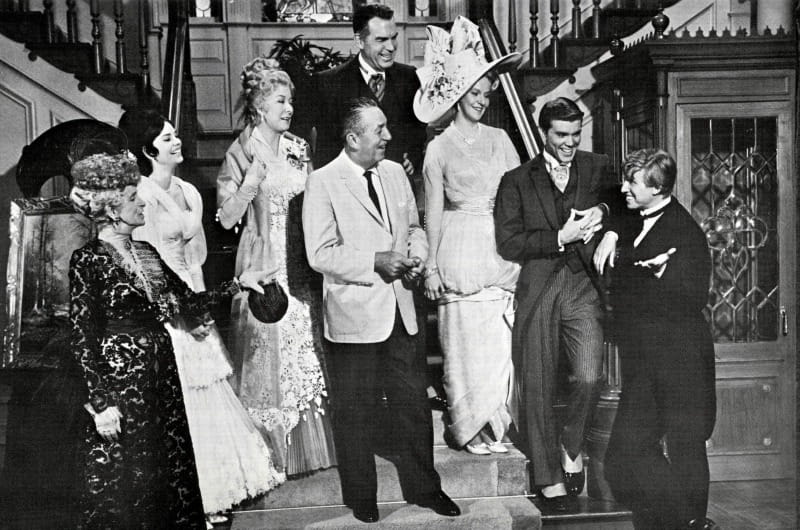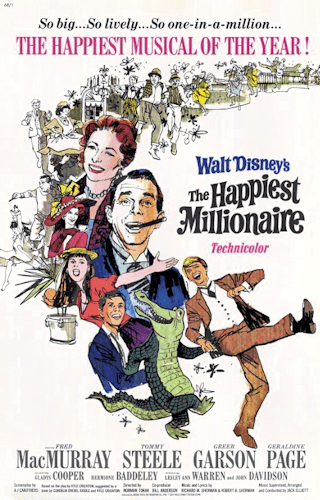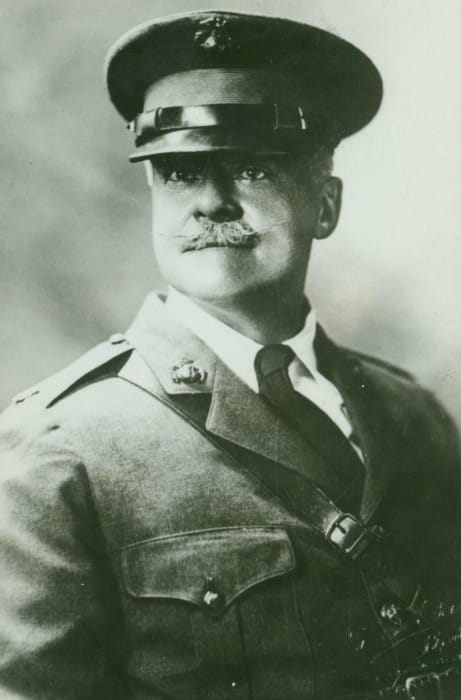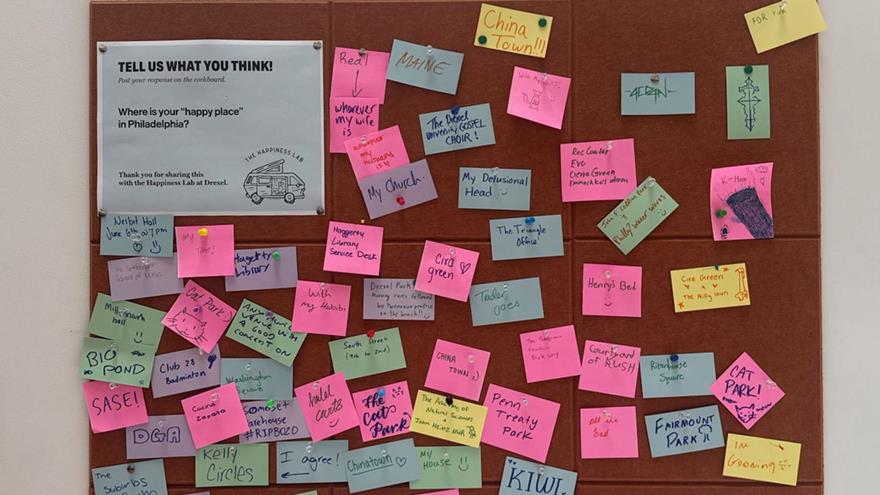When Mickey Met Mario: The Forgotten Disney Movie Tied to Drexel

This article is part of the DrexelNow “Faces of Drexel” series honoring Drexel’s history as part of the University-wide celebration of the 125th anniversary of Drexel’s founding in 1891.
Have you ever watched the Disney film “The Happiest Millionaire,” which was released in 1967? Probably not; the film has since been overshadowed by its predecessor “Mary Poppins” and grouped with other forgotten live-action Disney films from the 1960s. But it’s worth digging up. The musical comedy focuses on the family of University founder Anthony J. Drexel and the titular character is his grandson, Col. Anthony Joseph Drexel Biddle Sr., an eccentric yet lovable member of the Philadelphia aristocracy.
“The Happiest Millionaire” was adapted from the 1956 Broadway play of the same name, born out of the 1955 book “My Philadelphia Father.” The book was written by Biddle’s daughter, Cordelia Drexel Biddle Duke, and Kyle Crichton, who wrote the play.
A celebrity and millionaire since his birth in 1874, Biddle was the son of Drexel’s eldest daughter Emilie and her husband Edward, a member of the prestigious Biddle family. After his mother died when he was eight, the boy lived with his father while his namesake grandfather raised his two younger brothers, due to an agreement Drexel made with his son-in-law. Still, Drexel was fond of Biddle and regularly took him to lunch with his lifelong friend and business partner George W. Childs.

Throughout his life, Biddle pursued whatever professions he pleased thanks to his comfortable means. He was, among other things, a journalist; writer and publisher of fiction, poetry and a children’s book; Marine Corps officer and renowned hand-to-hand combat expert with experience in both WWI and WWII; “boxing's greatest amateur” and enthusiast, as per a 1955 Sports Illustrated article; combat instructor for the FBI; founder of the Athletic Christianity movement that preached religion and athleticism to its 300,000 followers (depicted as “Biddle Bible Classes” in the movie); and allegedly the first private alligator owner in Philadelphia.
The Renaissance man was also a husband and a father to his children Cordelia, Livingston Ludlow Biddle Sr. (poet and trustee of the Drexel Institute) and Anthony Joseph Drexel Biddle Jr. (ambassador to eight governments-in-exile during World War II).
Though Cordelia’s book paid tribute to the entirety of Biddle’s life, the play and movie focus on the pre-WWI time in which Cordelia met her future husband Angier Buchanan Duke, heir to the Duke family fortune. Biddle is depicted as a boisterous family man looking out for his daughter and his country.

“It was his headlong rush through life that made him the great character that he was,” Cordelia wrote in “My Philadelphia Father.” “A sedate A.J. Drexel Biddle might have been pleasant enough, but it was the boxing ring, the savate fights, the life-and-death drills with open bayonet that made him ... loved by thousands of people.”
Walt Disney was one of them. He turned the film, which was one of his favorites, into what he called a “happy family musical” after the success of “Mary Poppins.” It was the last movie Disney ever worked on; he discusses its production in his last filmed appearance. The movie was nominated for the Academy Award for Best Costume Design and featured musical numbers from Oscar-winning “Mary Poppins” composers Robert and Richard Sherman. Fred MacMurray, star of previous Disney live-action films like “The Absent-Minded Professor” and “The Shaggy Dog,” played Biddle.
Though the movie featured the best of Disney’s talent at the time, the film received mixed reviews. The New York Times, for example, lamented the film as “an over-decorated, over-fluffed, over-sentimentalized endeavor” yet heralded the book for revealing “not only the charm of the father but also the charm of the daughter.”

Several aspects of the film stayed true to real life. Most notably, Biddle really did keep alligators as pets in the family’s brownstone at 2104 Walnut St. He regularly instructed young men in the ways of Christianity and boxing in his home. A perennial food faddist, Biddle actually tried a chocolate cake diet. One tiny falsehood, however: Biddle wasn’t a very good singer.
While the movie references Biddle’s athleticism and upcoming service in WWI, it doesn’t acknowledge what he accomplished in the next three decades.
In 1937, Biddle authored an influential combat handbook, “Do or Die,” detailing techniques like bayonet fencing, knife fighting, jiujitsu and boxing. His “Biddle Method of Close-Combat” was taught to Marines for decades after his death. Biddle also trained FBI recruits and agents in response to a request from FBI Director J. Edgar Hoover.
According to Cordelia, Biddle received “the greatest honor of his life” when he was recalled by the Marines after Pearl Harbor and placed in charge of combat training (focusing on jiujitsu and judo). New recruits were usually skeptical of their instructor, a 67-year-old grandfather, but Biddle could squash any doubt. He started new sessions by disarming his largest pupil in mere seconds and often physically and verbally provoked his men into attacking him.

Despite his acclaim during his lifetime, Biddle has become less known to subsequent generations. While “The Happiest Millionaire” is available on DVD and online, the book is out of print and the play hasn’t been performed in decades. But now, Biddle’s legacy can be found online: videos of his combat tactics are on YouTube (this one has 26,000 views) and a photo of a serene Biddle surrounded by men pointing bayonets at his neck has received over one million views on Imgur (via Reddit).
With the 50th anniversary of the film occurring next year, hopefully time will better remember this standout part of Philadelphia and Drexel history.
In This Article
Drexel News is produced by
University Marketing and Communications.

